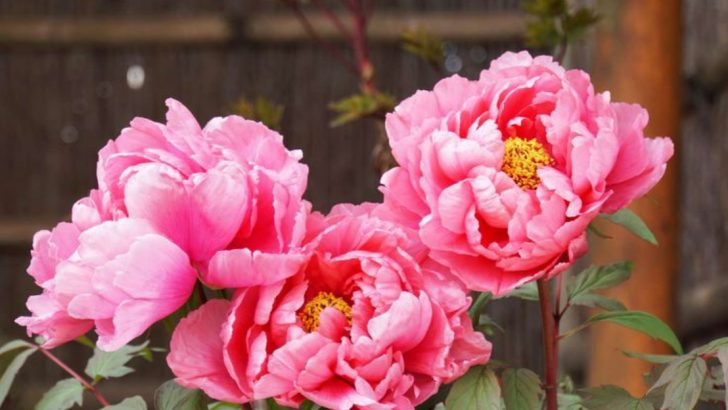Three years is a long time to wait for a flower—unless it’s this kind of bloom. Some plants are impatient. They shoot up fast, bloom quick, and fade before you’ve had your morning coffee. Not these. These are the slow-burn stunners. The dramatic types. The ones that spend year one sleeping, year two creeping, and year three exploding in color like they’ve been saving it all up for a grand reveal. Yes, they’ll test your patience. You’ll wonder if they’re doing anything at all. But when they bloom—oh, when they bloom—it’s unforgettable. Here are 16 perennials that make you wait…but reward you like few others can.
Peony
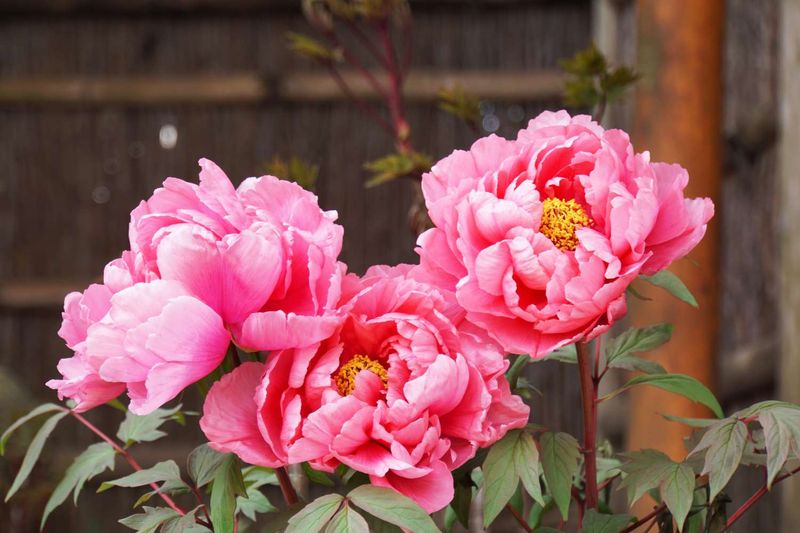
Peonies are known for their stunning, large blooms that captivate any garden enthusiast. These perennials, with their vibrant colors and lush petals, take three years to reveal their full splendor. The anticipation of watching these buds gradually unfold adds to the allure of gardening.
In the first year, peonies focus on establishing roots. By the second year, shoots emerge, hinting at the beauty to come. Finally, in the third year, they burst into life, offering breathtaking blooms that last for weeks.
A favorite among florists, peonies also make exquisite cut flowers, adding elegance to any home.
Hellebore
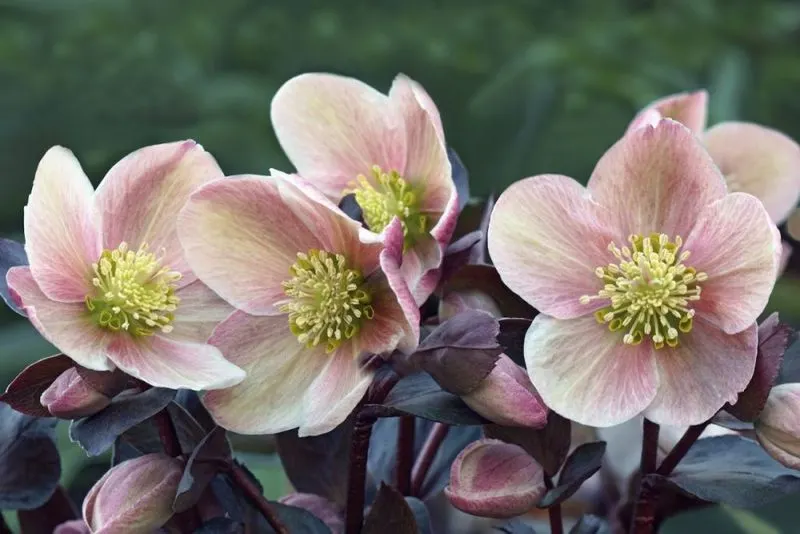
Hellebores, often called the “Christmas Rose,” are winter’s gift to gardeners. With their subtle hues of pink, white, and green, these flowers brighten up the coldest months. Although they take three years to bloom, the wait is justified by their resilience and beauty.
During the first two years, hellebores focus on strengthening their roots. By the third year, they reward gardeners with a stunning floral display.
These perennials are not only a delight to the eyes but also deer-resistant, making them a practical choice for many gardens.
Lupine
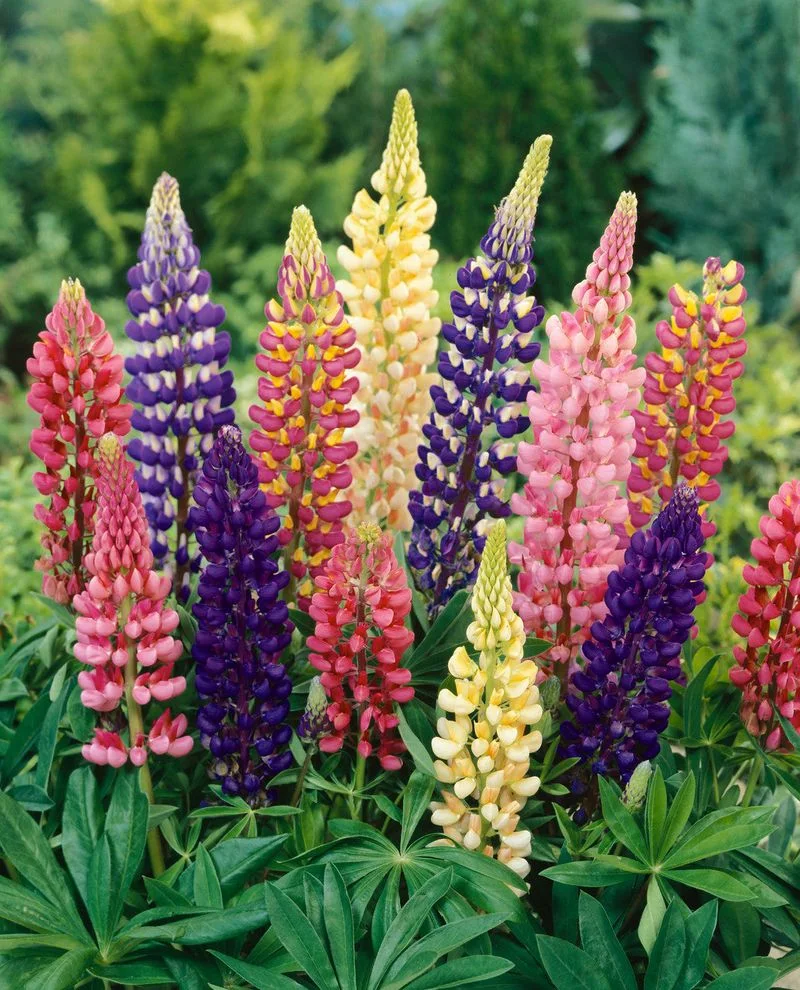
Lupines are a sight to behold with their tall, spiky flowers in shades of blue, purple, pink, and white. These perennials, known for their nitrogen-fixing abilities, enrich the soil as they grow.
Initially, lupines focus on foliage, creating a base for future blooms. By the third year, they transform into towering spires that attract bees and hummingbirds.
Gardeners appreciate lupines for their vibrant colors and ecological benefits. Whether lining a garden path or filling a meadow, these flowers offer a spectacular display every spring.
Delphinium

Delphiniums are the aristocrats of the flower world, with their stately spikes and rich hues of blue and purple. These majestic perennials take three years to reach their full potential, but their presence is commanding once they do.
In the early stages, delphiniums focus on developing strong stems to support their eventual height. By the third year, they stand tall, capturing the sun’s light and everyone’s attention.
Often used in floral arrangements, delphiniums add a touch of elegance and height, making them a cherished part of any serious gardener’s collection.
Bleeding Heart
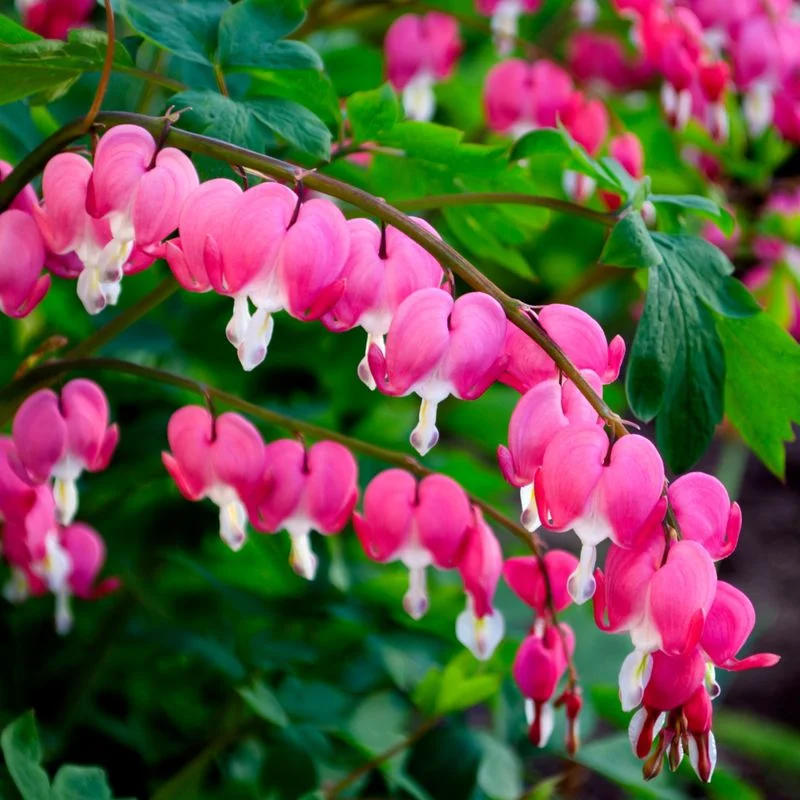
The bleeding heart plant enchants with its delicate, heart-shaped flowers that dangle gracefully from arching stems. This perennial takes its time, focusing on root development before offering its charming display by the third year.
Initially, the plant remains modest, with minimal blooms. By the third year, it surprises with cascades of pink and white flowers.
Perfect for shaded gardens, bleeding hearts add a whimsical touch to any corner. Their unique shape and gentle color palette make them a favorite for romantic garden themes.
Clematis
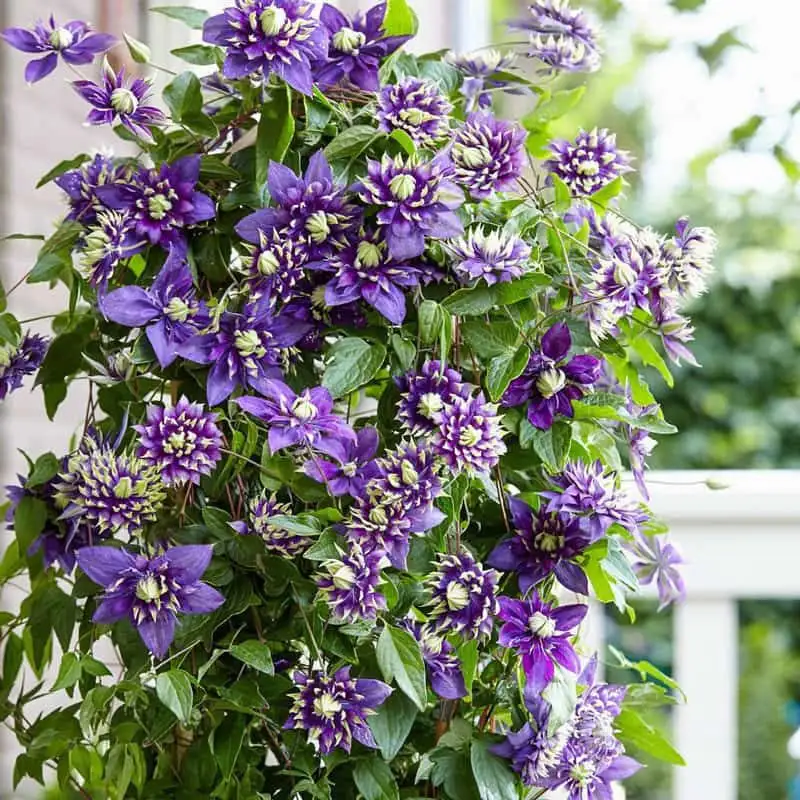
Clematis is a climber’s dream, offering a wide variety of colors and forms. These perennials take three years to establish themselves but become showstoppers when they do.
The first two years are all about building a strong root system. By the third year, clematis vines are ready to climb and flourish.
Their versatility allows them to be trained over trellises, fences, or arbors, creating stunning vertical displays. With careful pruning and care, clematis can grace gardens with their vibrant blooms for years to come.
Coneflower
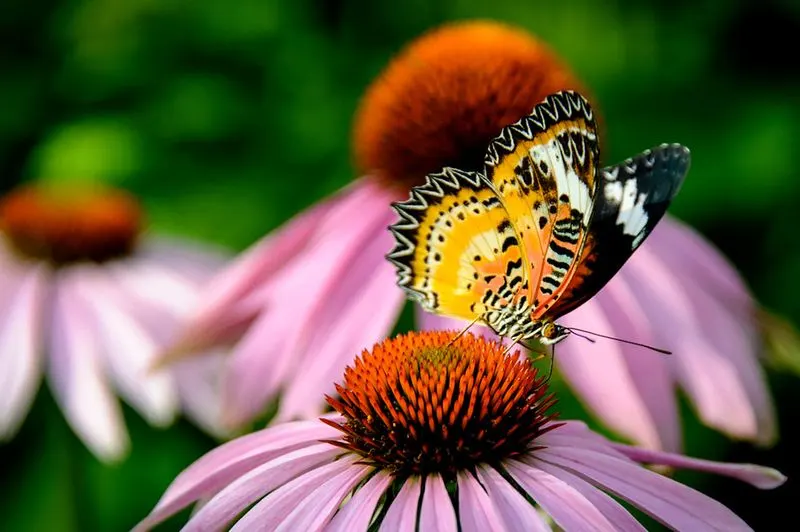
Coneflowers are a garden staple, known for their daisy-like appearance and vibrant colors. These robust perennials, also known as Echinacea, take three years to reach their full blooming potential.
In the early years, coneflowers establish their roots and develop foliage. By the third year, they attract pollinators like butterflies and bees, becoming a lively part of the garden ecosystem.
Beyond their beauty, coneflowers are valued for their medicinal properties and resilience, making them a cherished addition to any garden seeking both form and function.
Lavender
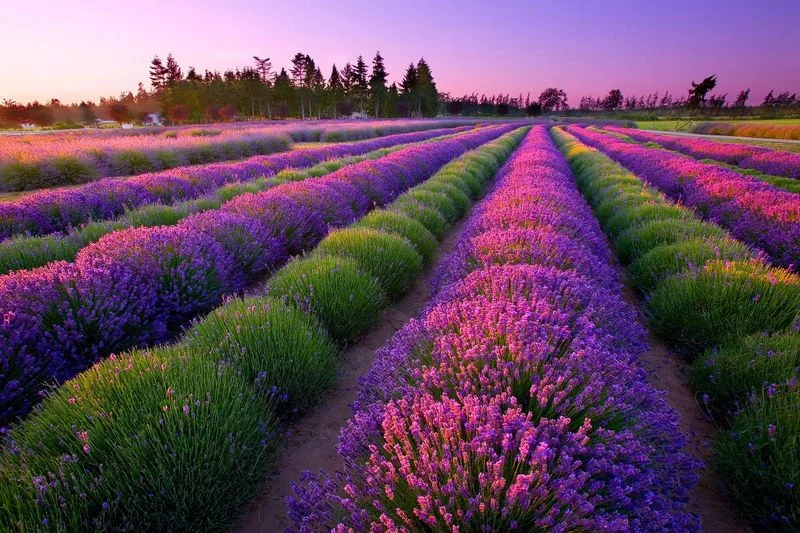
Lavender is synonymous with tranquility and fragrance. These perennials, cherished for their soothing scent and purple blooms, take three years to mature.
Initially, lavender plants focus on root establishment and foliage growth. By the third year, they cover gardens with a sea of purple and fill the air with their calming aroma.
Lavender is not only a beautiful addition to gardens but also attracts pollinators and can be harvested for essential oils. Its versatility and elegance make it a favorite among gardeners worldwide.
Foxglove
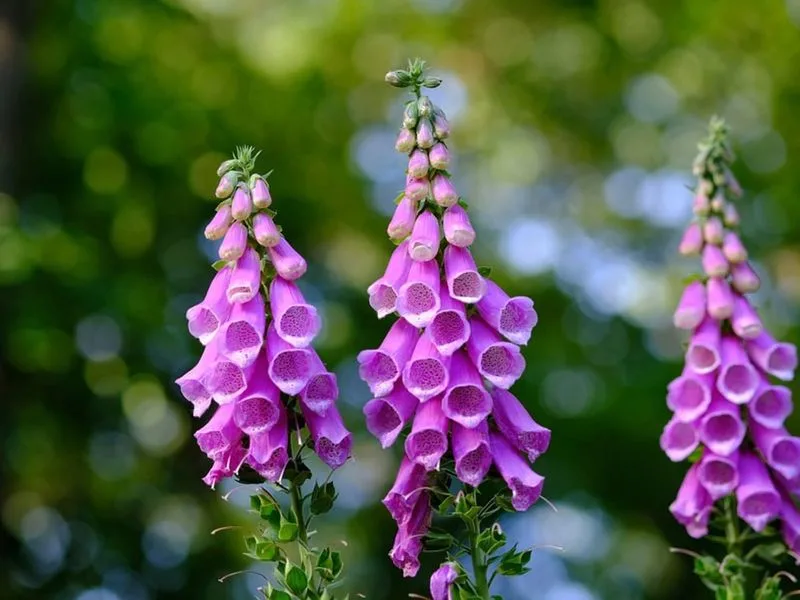
Foxgloves command attention with their tall spires and tubular flowers. These perennials are a staple in cottage gardens, known for their striking presence. They require three years to achieve their full grandeur.
During the initial years, foxgloves concentrate on foliage and root development. By the third year, they unfurl their blossoms, offering a vertical element to garden designs.
Despite their beauty, it’s important to handle them with care as they are toxic if ingested. They remain a favorite for those looking to add a dramatic touch to their plantings.
Wisteria
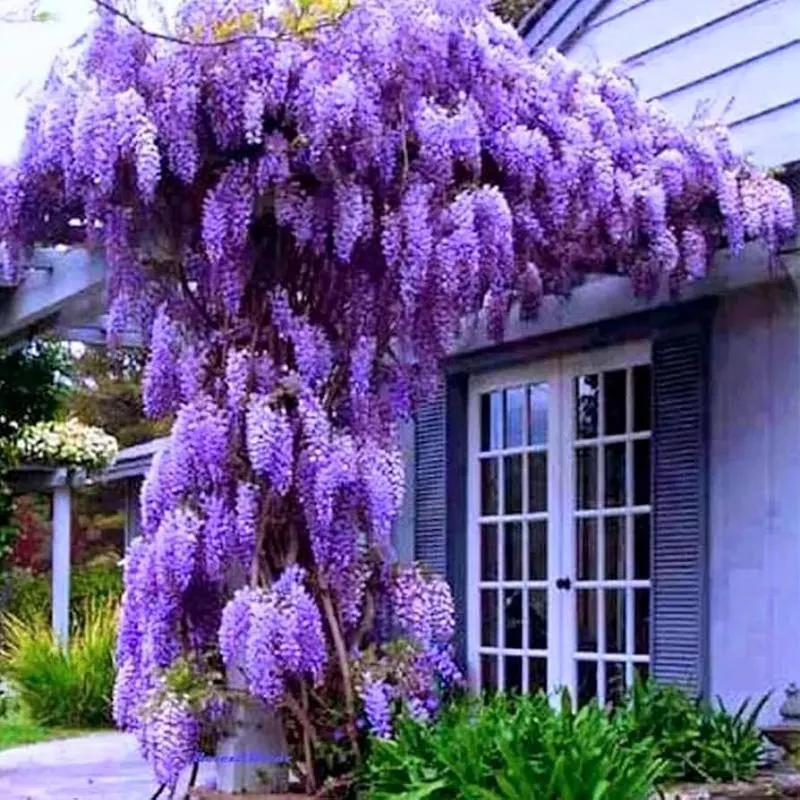
Wisteria transforms any space with its cascading clusters of fragrant purple flowers. This climbing perennial takes time to mature, usually three years, but rewards with breathtaking displays.
Initially, wisteria focuses on vine growth, establishing a framework for future blooms. By the third year, it graces gardens with its iconic, pendulous flowers.
Often seen draped over arbors and pergolas, wisteria’s vigorous growth and enchanting fragrance make it a sought-after plant for creating magical, shaded retreats.
Hosta
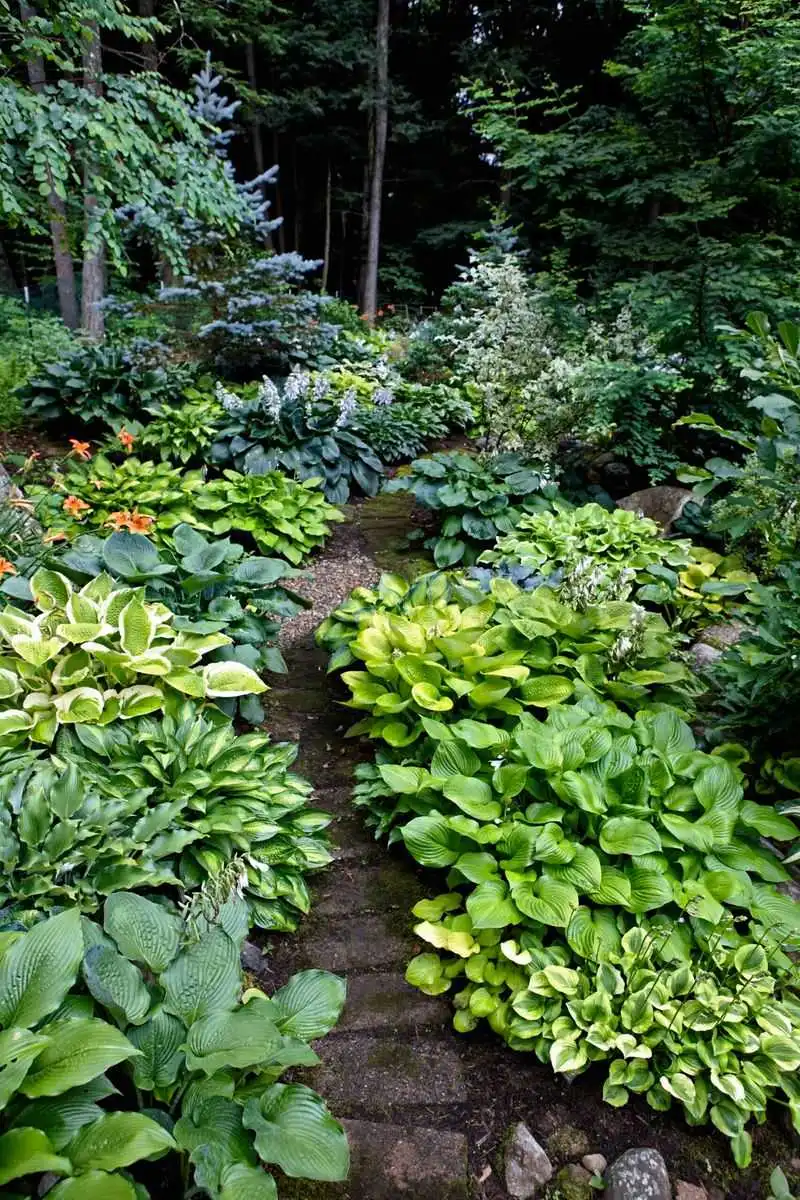
Hostas are beloved for their lush foliage, adding texture and color to shaded gardens. While they take three years to reach full size, their appeal lies in their diverse leaf shapes and colors.
In the early years, hostas develop their root systems and expand their leaf coverage. By the third year, they provide a dense, attractive ground cover.
Beyond aesthetics, hostas are easy to care for and resistant to pests. Their versatility and adaptability make them a staple in gardens looking to enhance their shaded areas.
Astilbe
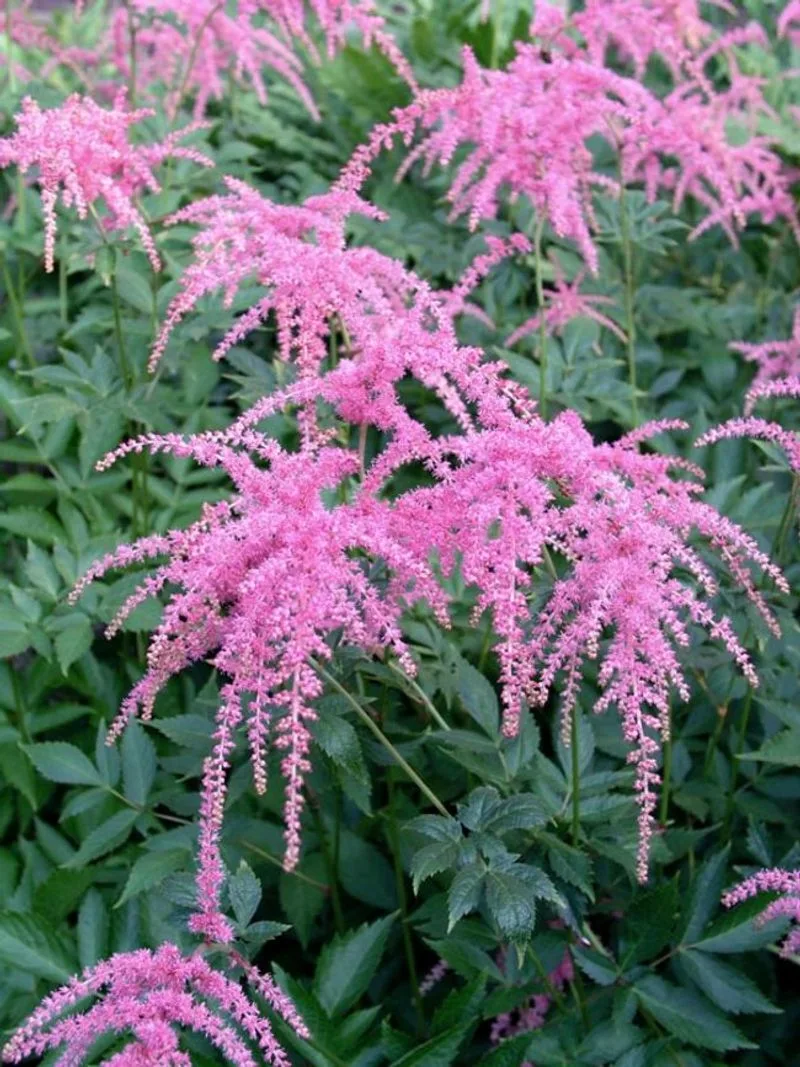
Astilbes bring a touch of elegance with their feathery plumes and vibrant colors. These shade-loving perennials require patience, taking three years to establish their full blooms.
Initially, astilbe plants focus on root development and foliage growth. By the third year, they produce their signature plumes that add a soft, airy texture to gardens.
Ideal for borders and woodland gardens, astilbes are also resistant to deer and pests, making them a practical choice for many. Their colorful presence brightens the darker corners of any garden space.
Monkshood
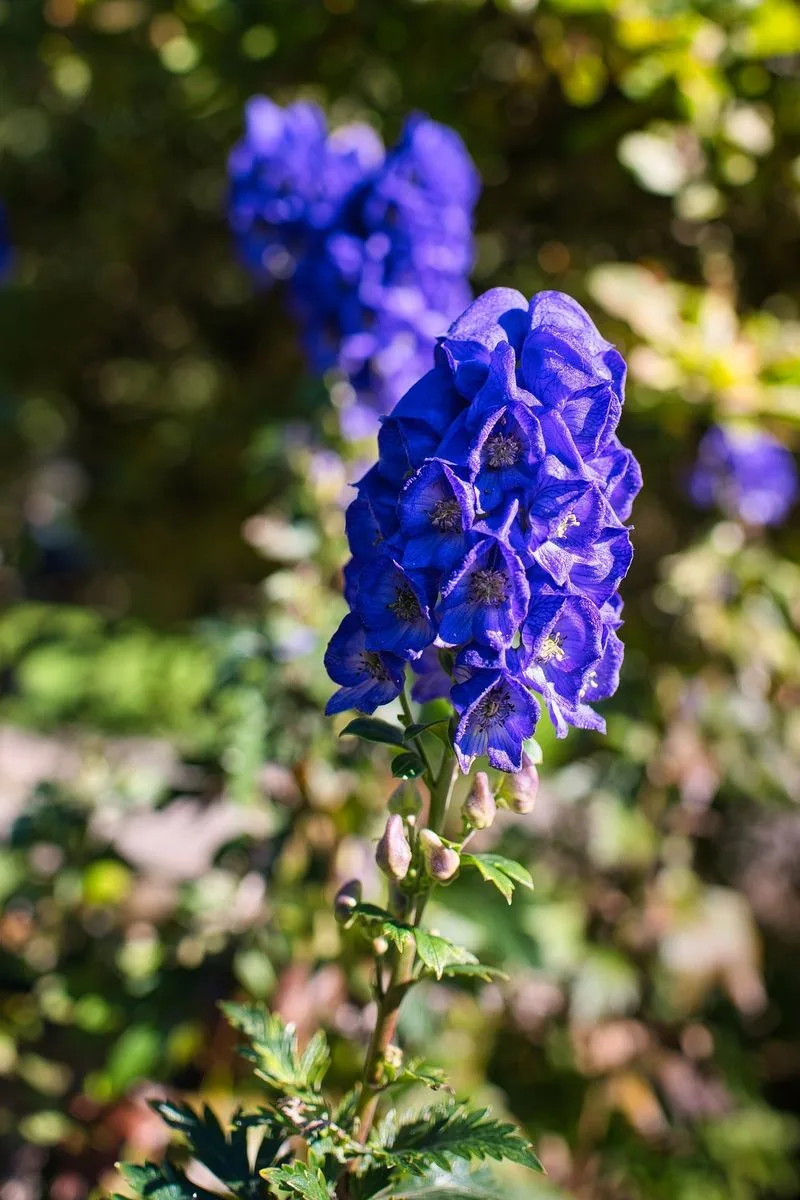
Monkshood stands out with its deep blue flowers and tall, graceful stems. These perennials are known for their striking appearance and require three years to fully bloom.
In the early stages, monkshood develops its root system, focusing on foliage. By the third year, it rewards with elegant spires of hooded flowers.
Often used in borders and as focal points, monkshood adds a splash of color to any garden. However, caution is advised as the plant is toxic if ingested. Its unique beauty makes it a captivating addition to cultivated spaces.
Baptisia
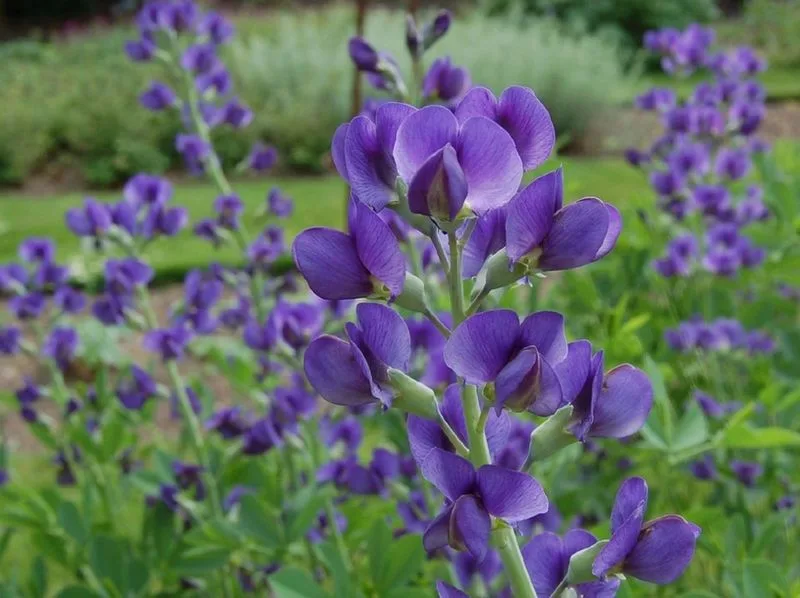
Baptisia, or false indigo, captivates with its lush foliage and vibrant indigo flowers. These prairie perennials take three years to mature, but their transformation is worth the wait.
Initially, the plant focuses on building a strong root system. By the third year, it showcases its colorful blooms, attracting pollinators and adding depth to garden borders.
Baptisia’s drought tolerance and hardiness make it a reliable choice for sunny gardens. Its bold presence and ecological benefits secure its place among preferred perennials.
Coral Bells
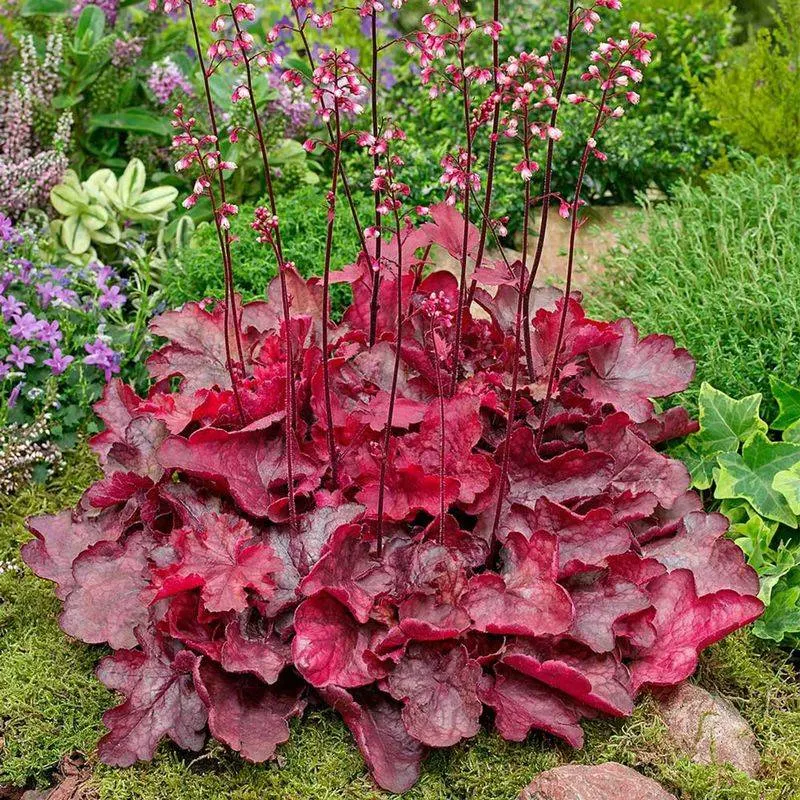
Coral Bells are celebrated for their unique foliage and delicate flowers. These perennials, with their diverse leaf colors and textures, require three years to reach their full aesthetic potential.
Initially, Coral Bells focus on developing their root systems and leaf structures. By the third year, they present a colorful display of foliage and dainty blooms.
Perfect for borders and containers, Coral Bells complement other plants with their vivid foliage. Their adaptability and low maintenance needs make them a favorite for adding visual interest to various garden settings.
Pasque Flower (Pulsatilla vulgaris)
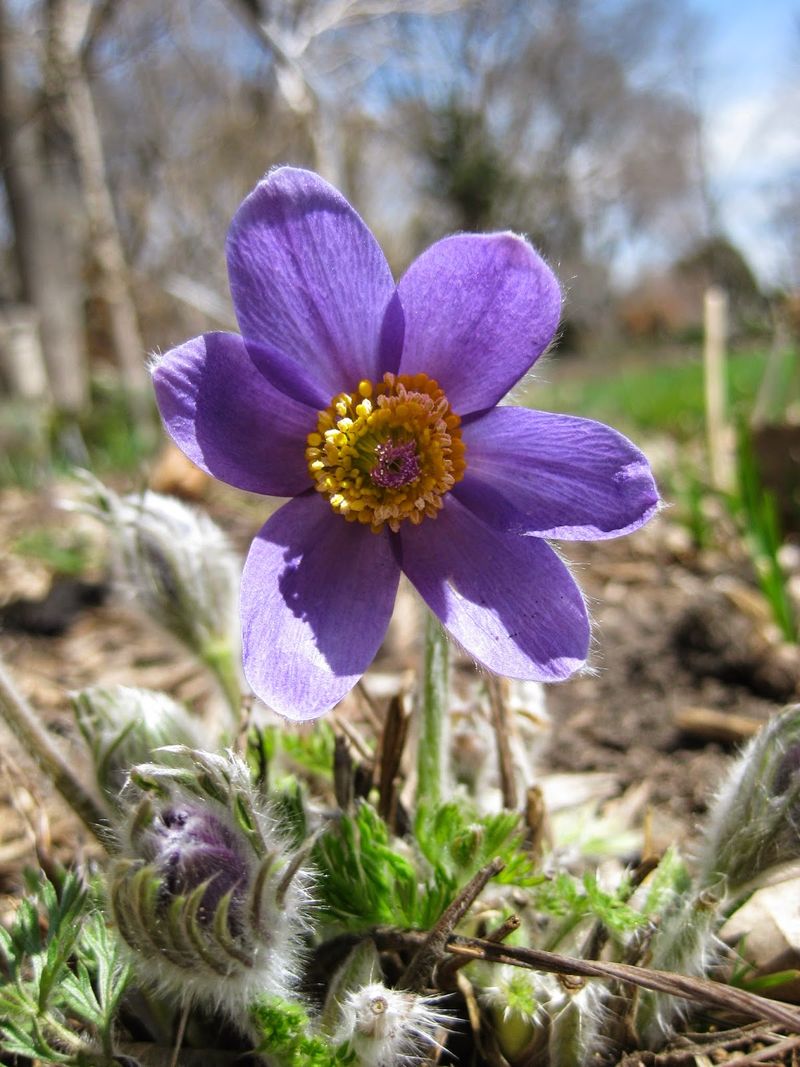
Pasque Flower enchants with its early spring arrival, offering a sneak peek of what’s to come. This perennial, with its delicate purple petals and sunny yellow center, emerges from a fuzzy bud, a testament to nature’s artistry.
After planting, Pasque Flower requires patience, taking up to three years to reveal its full beauty. Once established, it provides a burst of color when most other plants remain dormant.
Its resilience makes it a gardener’s favorite, thriving in well-drained soil under full sun. Did you know? The name derives from “Paschal,” referring to Easter’s arrival when the flower typically blooms.

